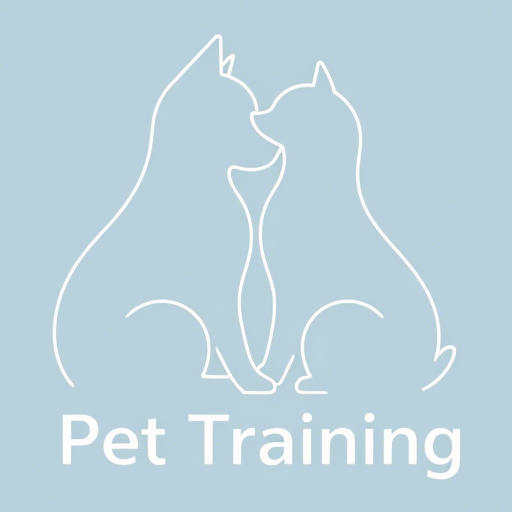In this high protein dog food for active dogs skill guide, we delve into the essentials of feeding your energetic companion for optimal health and performance. High protein diets are not just a trend; they are a science-backed approach to fueling your dog’s adventures. For instance, in my own experience with my lively Labrador, Max, switching to a high-protein formula transformed his stamina during our daily runs. That is to say, this guide will help you master the skills needed to plan diets and exercise routines effectively. Above all, remember that every dog is unique, so always consult your vet for personalized advice. Consequently, by the end of this article, you’ll be equipped with practical tips to enhance your pet’s well-being.
Understanding High Protein Dog Food for Active Dogs
High protein dog food is specifically designed to meet the elevated energy demands of active dogs. In other words, proteins are the building blocks for muscle repair and growth, which is crucial for dogs that engage in regular physical activities like running, hiking, or agility training. For example, breeds such as Border Collies or German Shepherds often thrive on diets with higher protein content. According to resources like the American Veterinary Medical Association, balanced nutrition is key to preventing health issues. Similarly, our site offers insights in articles like Blue Wilderness Dog Food Reviews, which highlight protein-rich options. But, on the other hand, it’s important to avoid overfeeding, as excess protein can lead to weight gain if not managed properly. Therefore, understanding the basics of high protein dog food for active dogs skill guide sets the foundation for effective pet care.
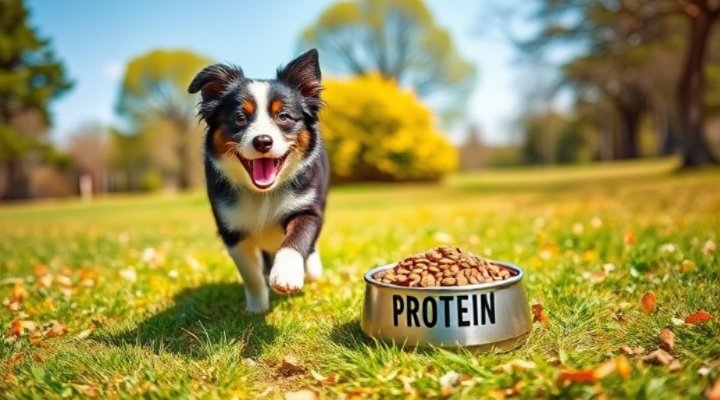
Benefits of High Protein Diets in Skill Building
Incorporating high protein dog food into your active dog’s routine offers numerous benefits that align with skill-building for owners. Firstly, it supports sustained energy levels, allowing your dog to perform better in exercises. For instance, during agility training, a protein-rich diet can reduce fatigue and improve recovery times. Moreover, it aids in muscle maintenance, which is essential for preventing injuries. In addition, high protein foods often contain essential amino acids that promote overall health. To clarify, this isn’t just about feeding; it’s about developing skills in monitoring your dog’s response to diet changes. Meanwhile, check out our Advanced Dog Training Techniques for complementary advice. Consequently, by focusing on these benefits, you can enhance both diet planning and exercise routines, making the high protein dog food for active dogs skill guide a valuable tool.
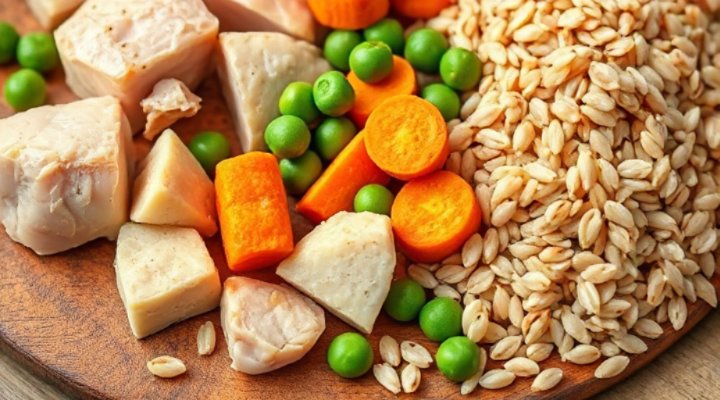
Practical Feeding Skills for High Protein Diets
Mastering the feeding aspects of high protein dog food for active dogs requires attention to detail and consistency. That is to say, start by calculating the right portion sizes based on your dog’s weight, age, and activity level. For example, an active 50-pound dog might need more protein than a sedentary one. Use a kitchen scale for accuracy, as I did with Max—it made a noticeable difference in his energy. Further, establish a feeding schedule that aligns with exercise times; feeding a small meal before activity can boost performance, while a larger meal afterward aids recovery. Additionally, always provide fresh water to support digestion. On the other hand, be wary of sudden diet changes, which can cause stomach upset. For more tips, our Real Dog Food Selection Guide offers great insights. In short, these skills empower you to tailor nutrition effectively.

Integrating Diet with Exercise Routines
To fully leverage the high protein dog food for active dogs skill guide, integrate diet with structured exercise routines. Firstly, plan workouts that match your dog’s breed and energy levels, such as fetch sessions or trail runs. For instance, after switching to high-protein food, Max and I added interval training, which improved his endurance. Moreover, monitor your dog’s behavior during exercise; if they seem lethargic, it might indicate a need for dietary adjustments. Subsequently, use treats made from high-protein sources as rewards during training, but keep them in moderation to avoid overfeeding. Likewise, resources like the American Kennel Club provide excellent exercise guidelines. Therefore, by syncing meals and activities, you can build a holistic approach to pet care that enhances skills in both areas.
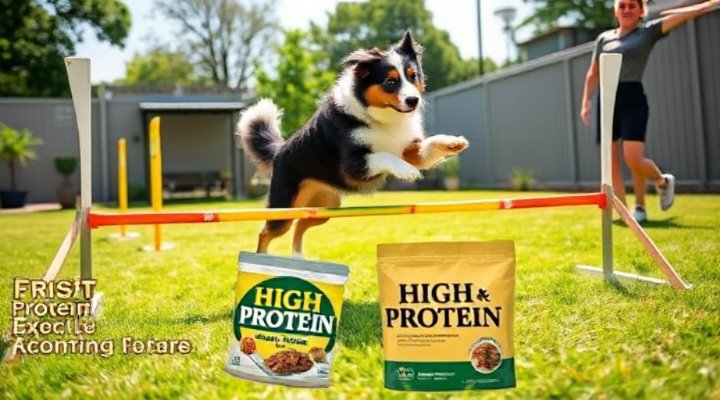
Common Mistakes and How to Avoid Them
Even with the best intentions, owners can make errors when following a high protein dog food for active dogs skill guide. For example, over-relying on protein without balancing other nutrients like fats and carbohydrates can lead to imbalances. But, however, this is easily avoided by choosing commercial foods that meet AAFCO standards. Another common mistake is ignoring individual dog needs; what works for one active dog might not suit another. To clarify, always observe your pet’s health and consult a vet if unsure. Meanwhile, our article on Dog Food for Allergies discusses how to identify issues early. Consequently, learning from these pitfalls strengthens your skills in diet planning and ensures a safer approach.
Long-Term Skill Development for Pet Owners
Embracing the high protein dog food for active dogs skill guide is a journey in long-term skill development. Firstly, keep a journal to track your dog’s progress, including energy levels, weight, and exercise performance. This habit, which I started with Max, helped me refine our routine over time. Further, stay updated on nutritional research by reading authoritative sources. Moreover, engage with online communities or local groups to share experiences and tips. In the same vein, continuous learning through resources like our Diamond Puppy Food with Training Tips can broaden your expertise. In conclusion, by committing to these practices, you’ll not only improve your dog’s life but also build lasting skills in pet care.
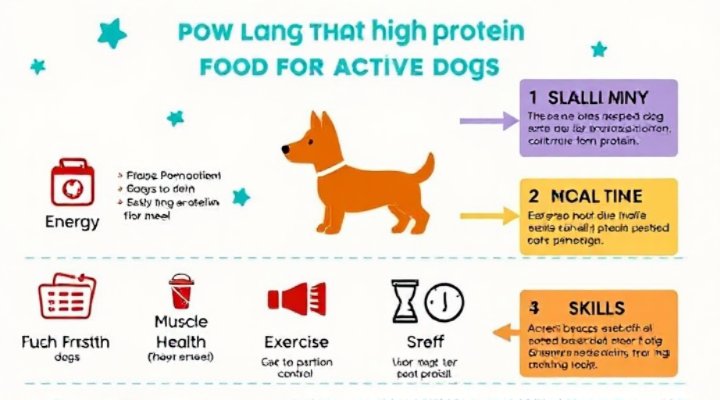
In summary, this high protein dog food for active dogs skill guide emphasizes the importance of tailored nutrition and exercise. By applying these insights, you can support your dog’s vitality and strengthen your own abilities as a pet owner. Remember, the key is consistency and adaptation. For further reading, explore related topics on our site.
Related Keywords: high protein dog food, active dogs, dog feeding skills, canine nutrition, protein-rich diet, dog exercise routines, pet diet planning, energy support for dogs, dog health, skill building for pet owners.
